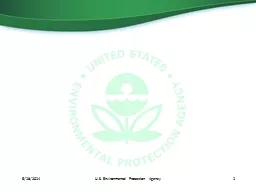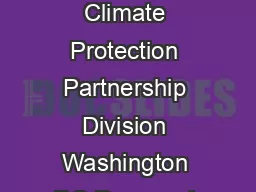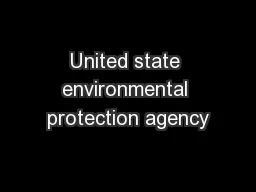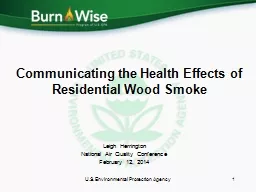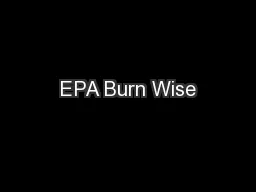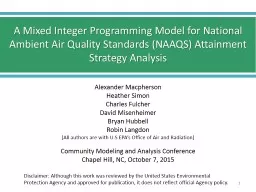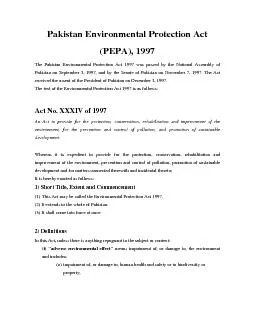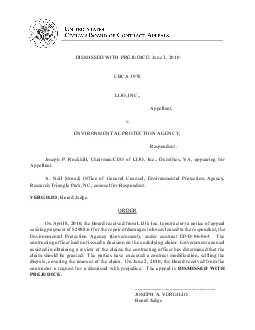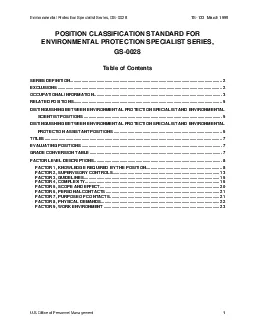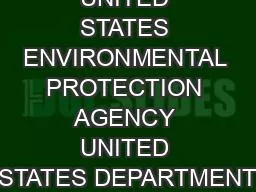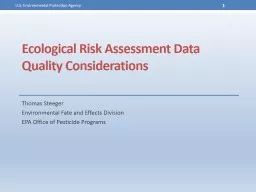PPT-Reuben Baris, U.S. Environmental Protection Agency
Author : pasty-toler | Published Date : 2018-11-11
Lessons Learned Panel on Dicamba Registration Incidents Outreach AAPCOs 71 st Annual Meeting March 6 2017 Dicamba A Federal Perspective Summary of dicamba issues
Presentation Embed Code
Download Presentation
Download Presentation The PPT/PDF document "Reuben Baris, U.S. Environmental Protect..." is the property of its rightful owner. Permission is granted to download and print the materials on this website for personal, non-commercial use only, and to display it on your personal computer provided you do not modify the materials and that you retain all copyright notices contained in the materials. By downloading content from our website, you accept the terms of this agreement.
Reuben Baris, U.S. Environmental Protection Agency: Transcript
Download Rules Of Document
"Reuben Baris, U.S. Environmental Protection Agency"The content belongs to its owner. You may download and print it for personal use, without modification, and keep all copyright notices. By downloading, you agree to these terms.
Related Documents

